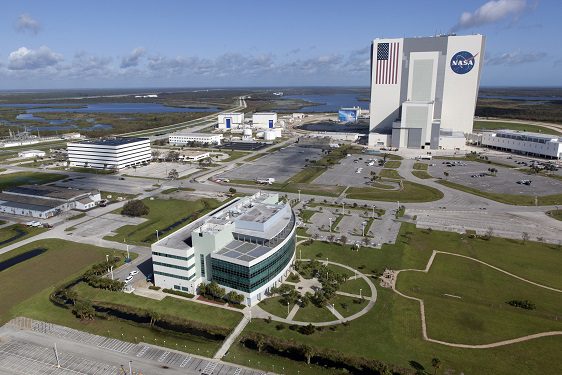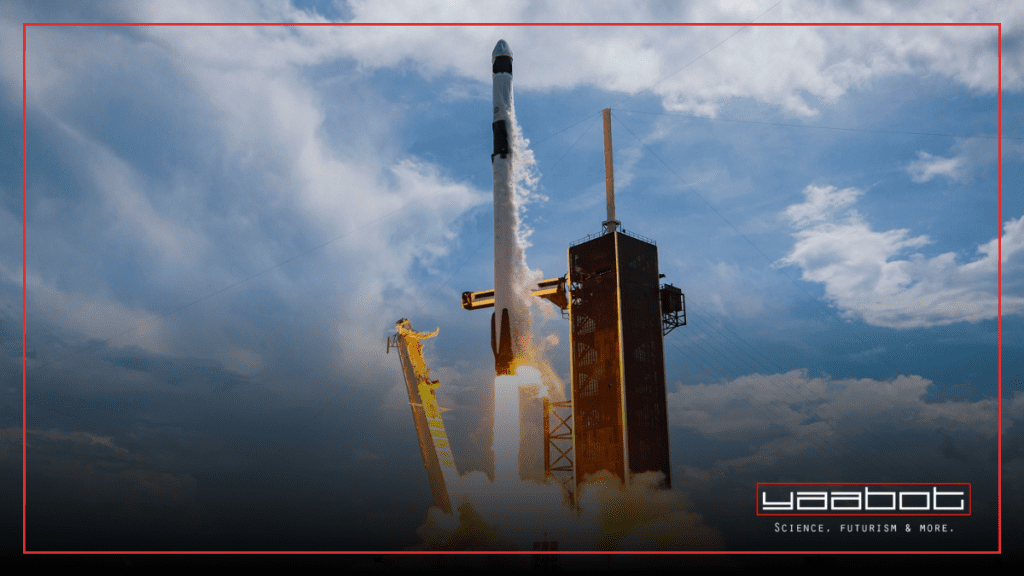SpaceX has captured global attention for a series of historic milestones. In 2008, privately-owned SpaceX made its first successful Falcon 1 launch. This was the fourth flight of the same, and second flight for the SpaceX-developed Merlin 1C regeneratively-cooled rocket engine. This first successful SpaceX rocket launch began the series of various successful rocket developmental and launch missions within SpaceX. It is the only private company capable of returning a spacecraft from low-Earth orbit. In 2020, SpaceX became the first private company to take humans to space as well.
Although this has proven to be extremely instrumental in the growth and development of research in the field of aeronautics and space science, there are questions and concerns about the environmental impact of rocket launches, especially SpaceX rocket launches.
Environmental Impact of SpaceX’s Starship Rocket Launch
In April, 2023 when SpaceX’s Starship spacecraft and Super Heavy rocket could not be launched as per plan and burst up in flames during its inaugural launch from Boca Chica in Texas, it caused considerable nervousness among the team involved in its development.
However, it also caused a lot of loss in the aerial ecosystem. The large amount of flames and smoke would have killed a lot of birds. It would also have damaged the land ecosystem in that region. This includes the jaguarundi wildcat that makes the wilds around SpaceX’s launch site in Boca Chica, Texas; the endangered Kemp’s Ridley sea turtle; and the ocelots that are sacred to the local Carrizo-Comecrudo native American tribe. No one would ever know the exact numbers of this environmental impact.

The Fish and Wildlife Service states that the “impacts from the launch include numerous large concrete chunks, stainless steel sheets, metal and other objects hurled thousands of feet away along with a plume cloud of pulverized concrete that deposited material up to 6.5 miles northwest of the pad site”. This contributed to the 385 acres of debris found on both SpaceX’s facility and in the surrounding Boca Chica State Park. Moreover, a 3.5-acre fire burned on park land south of the launch site.
Soon after the launch, five groups, primarily with environmental and ecological interests — the Center for Biological Diversity, the American Bird Conservancy, the Surfrider Foundation, Save RGV (short for Rio Grande Valley), and the Carrizo/Comecrudo Nation of Texas—filed suit against the Federal Aviation Administration (FAA).
This suit was filed because of the FAA’s alleged failure to vet SpaceX’s environmental protocols adequately before clearing Starship to fly. The groups have demanded that the federal court in Washington, D.C. revokes the five-year license the agency granted SpaceX to conduct up to 20 launches, until the FAA conducts a full environmental impact study of the explosion and of the future risks SpaceX’s launch activities pose to the surrounding environment.
This SpaceX rocket launch, although exciting for the engineers and developers, was questionable because of its environmental impact.
General Environmental Impact of Rocket Launches
A research paper by Dr Eloise Marais and Dr Robert Ryan, “Impact of Rocket Launch and Space Debris Air Pollutant Emissions on Stratospheric Ozone and Global Climate” talks about the air pollutant emissions from rocket launches in 2019 and extrapolates what a potential future space tourism industry would look like based on the companies that launched missions in 2021. This paper also claims that rocket launches, including SpaceX launches, also produce gaseous air pollutants, especially when space junk and reusable rockets like the first stage of the SpaceX rocket heat up on their return to Earth.
Multiple other scientific research papers have already been published on the impact of rocket emissions on the atmosphere, temperatures, and the ozone layer. Some scientists are worried that these carbon particles can act like a form of geo-engineering by absorbing heat.

According to Christopher Maloney, a research scientist at the NOAA Chemical Sciences Laboratory and co-author of one of the papers studying the environmental impact of rocket launches, there has been awareness of the issue for some time, but not many studies have been conducted. Previous studies on the topic date back to the early 2000s, but it wasn’t a significant concern at that time as the number of rocket launches each year was low. Now, there is an expected tenfold increase in rocket launches and emissions in the next 10 to 20 years. This is now causing a surge of interest in scientific research on the subject.
It is interesting to note that research and literature in this subject does not provide any concrete proof on the effects of rocket emissions on the atmosphere. The pollution resulting from rocket emissions may appear minor in comparison to the numerous global challenges, considering the advantages the space industry offers in the modern world. In fact, the space industry’s usage of fossil fuels accounts for only around 1% of what conventional aviation burns.
According to William Pomerantz, last year there were 144 space missions globally. Virgin Orbit, which launches small satellites from a Boeing 747, utilized a rocket that consumes about 1/20th of the fuel used by traditional heavy-lift rockets launched from the ground.
The space launch industry’s emissions are relatively small compared to commercial aviation, which has over 20 million flights worldwide, as well as other industries. Recent satellite launches have been contributing to climate data collection. But with the SpaceX Rocket Launch of the Starship, there is a concern of the large amount of sand- and ash-like particulate matter and heavier debris kicked up by the launch. The particulate emissions spread far beyond the expected debris field. Although the SpaceX rocket launch is being questioned and scrutinized for the atmospheric impact, there is no concrete material or statistics for the same.
Can NASA help regulate SpaceX rocket launches?
SpaceX and NASA have distinct approaches when it comes to environmental impact in their space operations. While SpaceX rocket launches have faced criticism for proposed spaceport projects over environmentally sensitive areas, NASA has implemented comprehensive safeguards and environmental assessments to maintain an impressive record in this regard.

The Kennedy Space Center (KSC) occupies 140,000 square acres, with only 5,500 acres developed for space operations, leaving vast portions, such as the Merritt Island preserve and the Canaveral National Seashore, untouched by previous NASA launches. Proposed commercial space sector and NASA spaceport projects have encountered resistance from environmental groups, particularly those that suggest rocket flights over Merritt Island Preserve. Nevertheless, these projects are far from realization and face strong opposition from the environmental sector.
NASA’s commitment to environmental protection begins with safeguards put into place during the design and construction phases of any new rocket, including iconic models like the Saturn 5, the recently developed Space Launch System, and even the SpaceX rockets like Falcon 9 and Falcon Heavy.
Rigorous safety and environmental analyses, involving years of design, development, ground tests, simulations, and flight tests, are undertaken before a rocket is certified for launch operations. The vetting process undergone by SpaceX rockets indicates the company’s familiarity with robust environmental assessments.
A comprehensive environmental impact analysis, in accordance with the Environmental Protection Agency’s National Environmental Policy Act (NEPA), is conducted for every rocket project. Depending on the scale of the project and rocket size, a formal environmental impact statement (EIS) is filed. The analysis involves collaboration with various agencies, such as the FAA, U.S. Fish and Wildlife Service, and others, invited to assess potential impacts. Only after this analysis does the FAA grant approval for the rocket launch.
NASA extends its environmental oversight to encompass the construction of rockets, launch pads, buildings, and infrastructure, as well as routine maintenance, although a full EIS is typically not required in these cases. Compliance with NEPA and all relevant environmental laws and regulations is essential.
Environmental monitoring is conducted throughout the lifecycle of space operations, from pre- to post-launch stages. For instance, Kennedy Space Center has engaged in ecological monitoring for three decades during the shuttle program and continues this practice with the Artemis moon program.
Furthermore, NASA ensures that cultural resources remain unaffected by any launch or construction activities to avoid disputes similar to the one lodged by the Carrizo/Comecrudo Nation of Texas in their lawsuit against the FAA.
Overall, NASA’s thorough environmental assessments and strict compliance standards demonstrate their commitment to preserving the environment and minimizing the impact of space activities on the surrounding ecosystems. In contrast, commercial space companies, like SpaceX, are facing challenges in addressing environmental concerns related to proposed spaceport projects.


